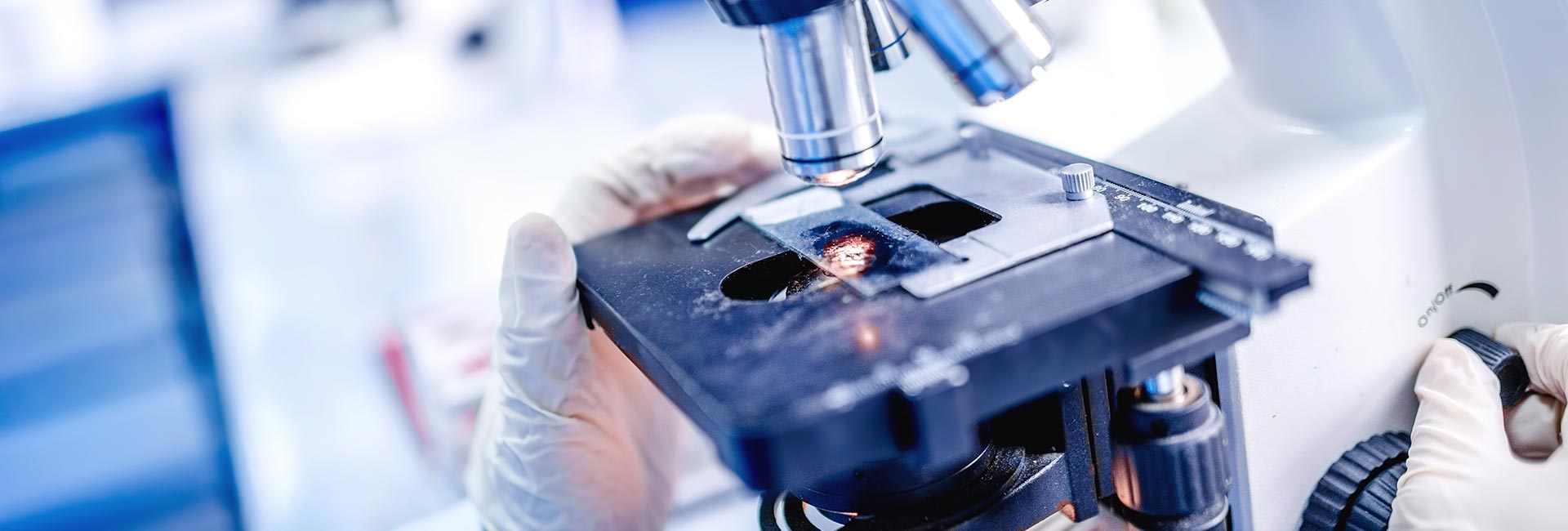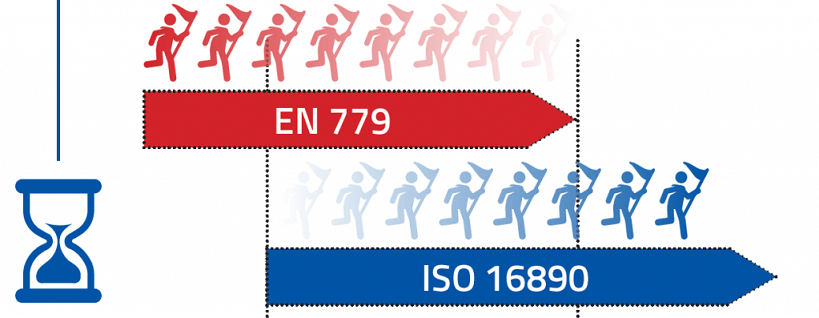

EUROLAB Laboratory provides testing and analysis services accredited according to ISO 16890:2016 and EN 779:2012 standards. air filters for heating, ventilation and air conditioning (HVAC), particle technology filter, air filters are critical components in HVAC systems that provide clean breathable air to the indoor environment. The health hazards associated with respirable particles are now better understood, so it is now more critical than ever to determine the correct HVAC filter for the intended application.
Our accredited laboratory in Turkey can determine key performance characteristics such as initial efficiency, discharged efficiency, airflow resistance (differential pressure across the filter), test powder capacity and arrest. This information is provided in an official test report containing the official filter classification G779 to F2012 according to EN 1:9 or an ePM16890, ePM2016, ePM1 and ISO classification according to ISO 2.5:10.

EUROLAB includes state-of-the-art equipment capable of testing air filters beyond the requirements of EN 779:2012 and ISO 16890:2016:
Air Filters for Gas Turbines
With our custom made channel insert, we can test cone or cylinder filter elements according to EN 779:2012 and also ISO 16890:2016 if desired. The TDC 584 cabinet for IPA vapor evacuation can accommodate individual filter elements up to 1000 mm long. We conduct extended testing beyond the requirements of the standards to achieve final differential pressures up to 6000 Pa and high powder feed rates.
Filter classification standard EN779
Coarse and fine dust filters used in air conditioning and ventilation systems in Europe and many other countries of the world are generally selected according to the classification described in the EN 779 standard, titled “Particulate air filters for general ventilation”. The methodology described in this standard is based on a laboratory test procedure to achieve reproducible and comparable results. However, since the test aerosols and test powders used will generally not resemble the air pollutants an air filter is exposed to in actual operation; The results of laboratory tests can only be transferred to real applications with very limited relevance.
EN 779 has been in force as a European standard since April 2012 in a new, revised version. The most significant change over the previous version is the introduction of minimum efficiencies for Classes F7 to F9 and the renaming of Classes F5 and F6 to M5 and M6. The introduction of these minimum efficiencies is an important step in filter standardization and sets a milestone in the filter industry for higher quality standards and therefore better protection of both man and machine.
Laboratory test methods
The test is performed on a standard size filter element suitable for installation in a rectangular duct measuring 0,24 mm x 3 mm with a test volume flow of 850 m3/h (1,5 m3/h) to 610 m610 (see EN 15805). ). /sec (5400 m3/hr). Since the operating behavior of a filter is highly dependent on the volume flow in operation, the filter classes and all other test results from testing according to EN 779 always relate only to the test volume flow specified in each case.
The main results of the test are:
Classification of coarse dust filters
Coarse dust filters are classified according to their average retention (Am) relative to synthetic ASHRAE dust. A final filter installed downstream of the filter under test is weighed before and after the powder is fed. The mass increase measured at the final filter corresponds to the mass of dust passing through the filter under consideration. The difference from the total mass of dust fed corresponds to the mass of dust retained in the filter under test. This is put in relation to the mass originally fed, whereupon the average (gravimetric) arrest of the test filter is calculated.
Classification of fine dust filters
Fine dust filters are classified according to their average efficiency (Em). To this end, between individual dust loading stages, the filter element is exposed to a synthetic droplet aerosol and particle number concentrations are measured before and after the filter. Efficiency is calculated from the difference between the two concentrations - referring to the 0,4 µm particle concentration measured on the upstream side. Following the test, the average productivity is calculated as an integrated mean value of the individual yields determined as a function of dust loading.
To get an appointment, to get more detailed information or to request an evaluation, you can ask us to fill in our form and reach you.